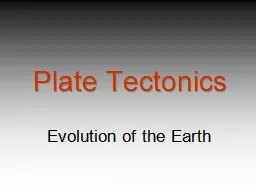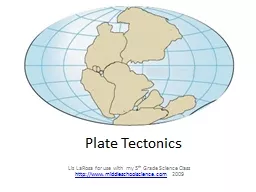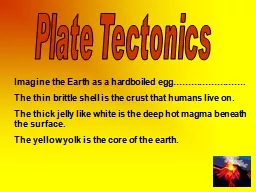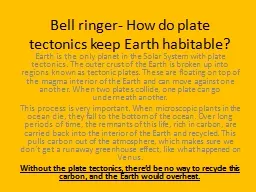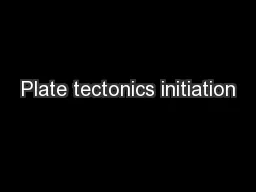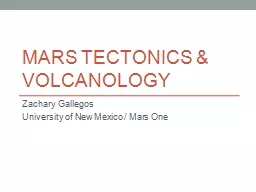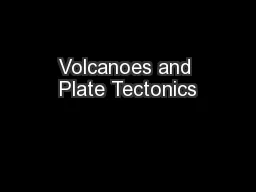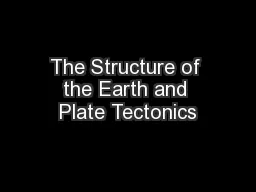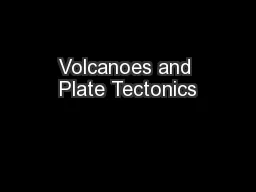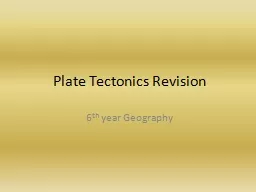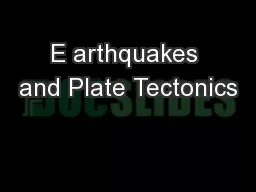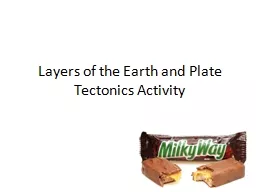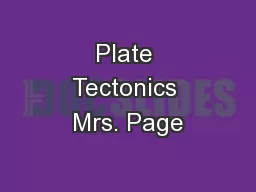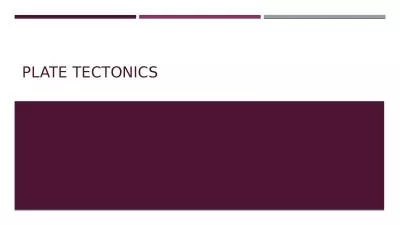PPT-Plate Tectonics
Author : debby-jeon | Published Date : 2016-06-18
Evolution of the Earth Cracks in the Earths Crust The crust when it is solid acts as a heat insulator for the hot interior of the Earth The molten material in
Presentation Embed Code
Download Presentation
Download Presentation The PPT/PDF document "Plate Tectonics" is the property of its rightful owner. Permission is granted to download and print the materials on this website for personal, non-commercial use only, and to display it on your personal computer provided you do not modify the materials and that you retain all copyright notices contained in the materials. By downloading content from our website, you accept the terms of this agreement.
Plate Tectonics: Transcript
Download Rules Of Document
"Plate Tectonics"The content belongs to its owner. You may download and print it for personal use, without modification, and keep all copyright notices. By downloading, you agree to these terms.
Related Documents

